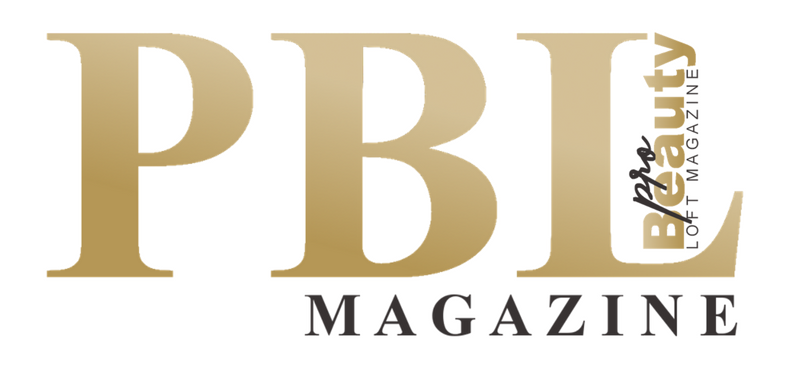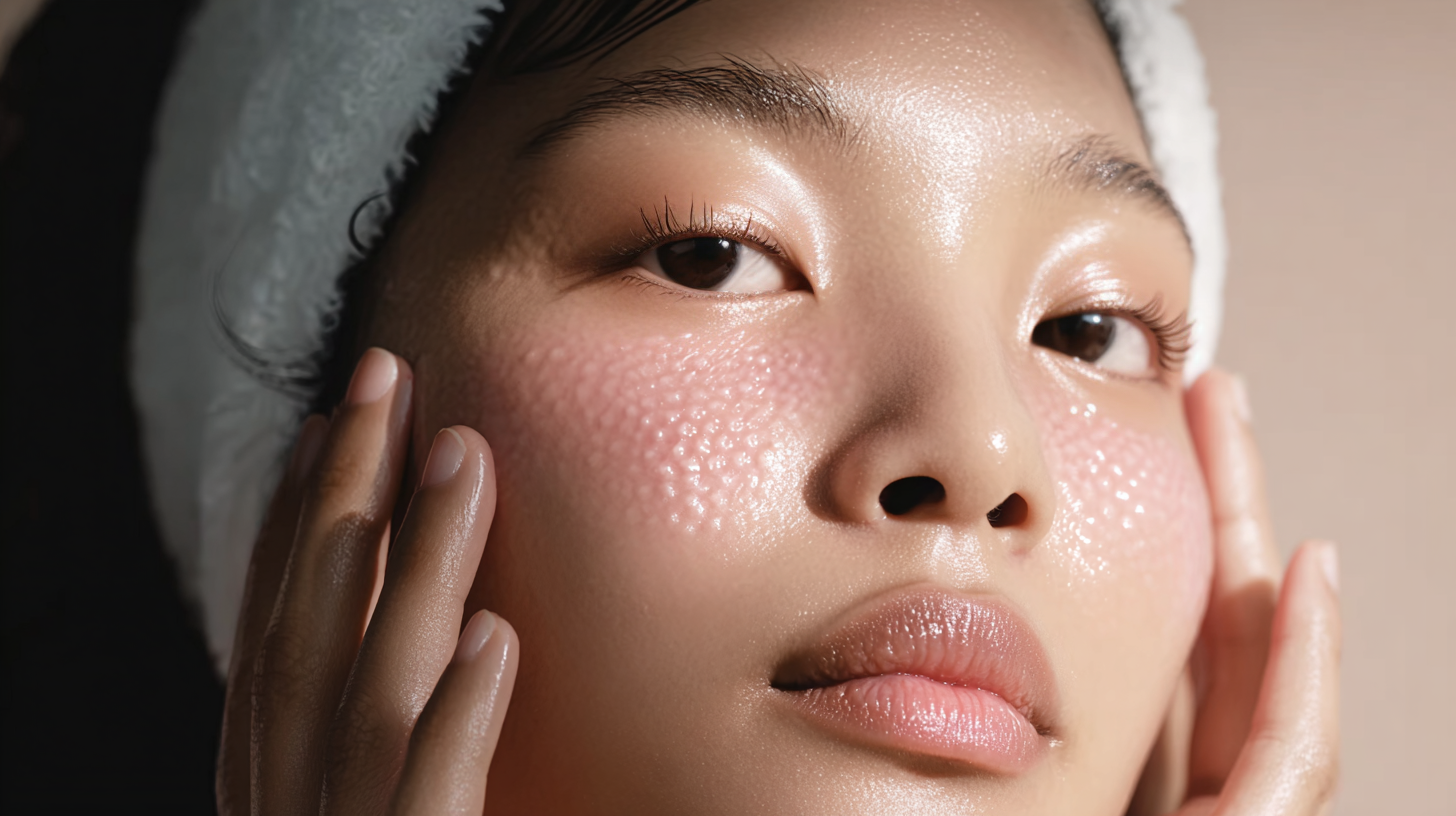Why Adding Sparkling Water Will Upgrade The Effects of Your Facials
Carbonated water has become an unexpected yet scientifically grounded addition to professional facial treatments. What began as a K-beauty trend has gained global interest, not only for its refreshing feel but also for its documented effects on skin cleansing, circulation and oxygen delivery. Behind the bubbles lies a cascade of physiological mechanisms that enhance skin health, particularly when tied to the Bohr effect.
Skin-Friendly pH and Effective Cleansing
Sparkling water naturally sits at a pH of about 5.5, which matches the skin’s acid mantle. This contrasts with tap water, which tends to be closer to neutral or slightly alkaline. Cleansing with carbonated water helps preserve the skin barrier and supports microbiome balance, unlike more alkaline cleansers that can raise the pH and strip the skin of protective lipids.
The effervescence also plays a mechanical role. Carbon dioxide bubbles agitate the skin's surface and help dislodge dirt, oil and debris from pores. In spa settings, therapists often soak cotton pads in sparkling water or use it as a rinse following enzymatic exfoliation. The bubbling action lifts impurities gently, providing a form of micro-exfoliation without chemical agents.
Clients often report visibly refined pores and smoother texture after just one treatment. These outcomes are not anecdotal flukes. The bubbling acts as a mild astringent and cleanser that enhances the overall skin finish, without triggering dryness.
Boosted Circulation and Microvascular Oxygenation
One of the most clinically interesting aspects of sparkling water application is its ability to stimulate blood flow. The dissolved CO₂ diffuses into the upper layers of the skin and triggers vasodilation. A study comparing limb immersion in carbonated versus plain water showed that CO₂-enriched baths can increase skin perfusion by more than 100 percent.
This improved microcirculation does more than deliver a temporary flush. With more blood comes more oxygen, glucose and micronutrients. These physiological shifts create ideal conditions for tissue repair, collagen synthesis and acne healing. The visible “glow” many clients experience after a sparkling rinse is the result of this temporary increase in oxygen availability.
The Bohr Effect in Action
The scientific underpinning behind the improved oxygenation is the Bohr effect. In regions of increased CO₂ or lowered pH, hemoglobin becomes more likely to release oxygen to surrounding tissues. This adaptation ensures oxygen is delivered where it is most needed.
By introducing CO₂ to the skin’s surface, sparkling water effectively activates this mechanism. Blood flowing through dilated capillaries is encouraged to offload oxygen directly to skin cells. This mirrors the process seen in more intensive CO₂-based treatments like carboxytherapy, where carbon dioxide is injected or topically applied to stimulate circulation and support healing.
While sparkling water facials offer a far gentler approach, they sit on the same physiological continuum. The treatment does not deliver oxygen topically, which would cause vasoconstriction. Instead, it works internally, prompting the body to supply more oxygen to the tissue through its own mechanisms.
Hydration and Skin Barrier Considerations
Sparkling water does not damage the skin’s moisture barrier. Controlled studies, including those using animal models with similar epidermal physiology to humans, show that CO₂-enriched water boosts circulation without increasing transepidermal water loss. It is hydrating without being disruptive.
The acidity helps skin retain its lipid barrier. However, as with any water rinse, the hydration is temporary. A moisturiser should follow to lock in the benefits. Some clients may feel a slight tightening or tingling after prolonged use, but these sensations are usually mild and transient.
Importantly, for clients with rosacea or vascular sensitivity, caution is warranted. The vasodilatory effect that benefits most skin types can trigger excess flushing in redness-prone individuals. For these clients, shorter exposure or alternative protocols may be more appropriate.
Practical Applications in Clinic
From a treatment design perspective, carbonated water can be introduced at multiple points in the facial. It works well after enzymatic cleansers, following radiofrequency or LED treatments, or as a preparatory rinse before mask application. Because it does not disrupt the barrier or hydration status, it integrates seamlessly with most facial protocols.
Its low cost, ease of use and proven benefits make it an appealing addition to both luxury and results-driven treatments. While it cannot replace oxygen facials, it does outperform them in terms of triggering the body’s internal oxygenation response.
Adding sparkling water to your facial protocols is more than a novelty. It supports skin physiology through pH optimisation, enhanced cleansing, increased blood flow and oxygen delivery. Its mechanisms are scientifically validated, and its safety profile is favourable across most skin types. With correct use and client selection, this simple addition can elevate the therapeutic impact of your treatments while aligning with evidence-based skincare.










